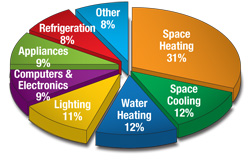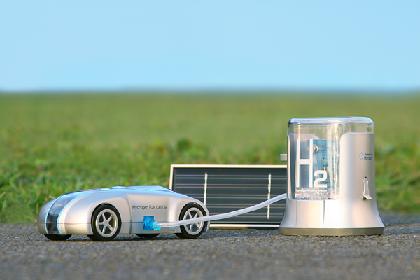
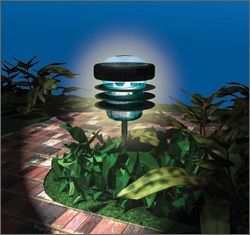
Solar-Powered Outdoor Lighting
Installing solar lighting around your home andgarden is quick and easy with an added bonus—no wires or electricity costs!
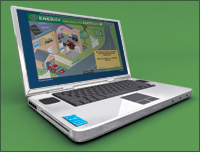
Keep Your Home Office Efficient with ENERGY STAR
Home offices are increasingly popular. Be sure to use ENERGY STAR office equipment to save electricity.
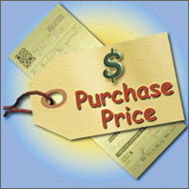
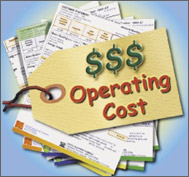
What's the Real Cost?
Every appliance has two price tags—the purchase price and the operating cost. Consider both when buying a new appliance.
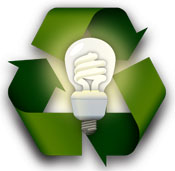
CFLs contain a very small amount of mercury sealed within the glass tubing. Many retailers are offering free recycling services for consumers at their stores.
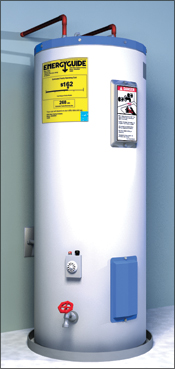
Keep Your Energy Bills Out of Hot Water
Look for the ENERGY STAR label.
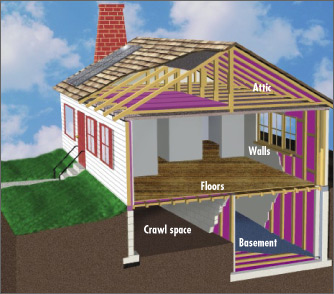
Where to Insulate
Adding insulation in the areas shown above may be the best way to improve your home's energy efficiency. Insulate either the attic floor or under the roof. Check with a contractor about crawl space or basement insulation.
Your Home's Energy Use
Energy Auditing Tips
Check the insulation levels in your attic, exterior and basement walls, ceilings, floors, and crawl spaces. Visit www.energysavers.gov for instructions on checking your insulation levels.
Check for holes or cracks around your walls, ceilings, windows, doors, light and plumbing fixtures, switches, and electrical outlets that can leak air into or out of your home.
Check for open fireplace dampers.
Make sure your appliances and heating and cooling systems are properly maintained. Check your owner's manuals for the recommended maintenance.
Study your family's lighting needs and use patterns, paying special attention to high-use areas such as the living room, kitchen, and outside lighting. Look for ways to use lighting controls—like occupancy sensors, dimmers, or timers—to reduce lighting energy use, and replace standard (incandescent) light bulbs and fixtures with compact or standard fluorescent lamps.
